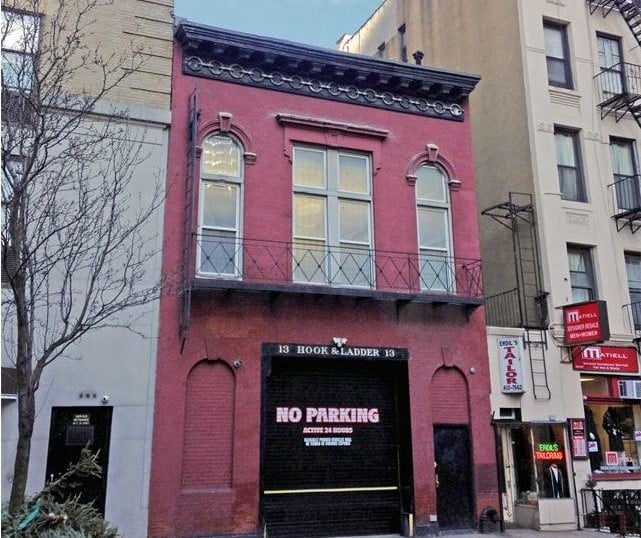People
Andy Warhol’s Upper East Side Studio Building Hits the Market at $10 Million
Will it become yet another condo development?

Photo: courtesy Cushman & Wakefield.
Will it become yet another condo development?

Brian Boucher

A piece of art history can be yours—if you’ve got $9,975,000 to invest.
The Upper East Side building that housed Andy Warhol’s first studio, in the early 1960s, is on offer from New York real estate firm Cushman & Wakefield. Warhol created some of his Death and Disaster paintings there, as well as depictions of Marilyn Monroe and Elizabeth Taylor.
At 159 East 87th Street, just east of Lexington Avenue, the former firehouse is a stone’s throw from Museum Mile and just a few steps from the 86th Street stop on the 4, 5, and 6 subway line. The two-story building dates from 1910 and is about 5,000 square feet.
“As a successful commercial illustrator, Andy Warhol had spent the previous 13 years working out of his various homes,” said artnet News contributor Blake Gopnik in an email. Gopnik is working on a biography of the artist, due out in 2018. “In 1963, he was only just becoming known as a fine artist, so it’s no wonder he didn’t invest in a fancier studio.” Warhol had become a celebrity, both praised and reviled, just six months before moving in, when he debuted his Campbell Soup Can paintings.
“The fire house only cost $150 a month, but it was a wreck, with leaks in the roof and holes in the floors, but it was better than trying to make serious paintings in the wood-paneled living-room of his Victorian townhouse, as he’d done for the previous couple of years,” Gopnik said. “Andy moved into the firehouse on January 1, 1963, and his lease on it was terminated the following May—leaving a gap of more than half a year before he moves into the famous Silver Factory.”
He would have his first sculpture exhibition the year he left the firehouse, showing his landmark Brillo Boxes, which prompted philosopher Arthur Danto to say we had reached the end of art history.
Coincidentally, the building is currently in use as an art storage facility, and Cushman & Wakefield resorts to artistic language in the listing, saying that it “offers a developer a blank canvass [sic] to create boutique condominiums, a mixed-use rental or a luxury townhouse.”